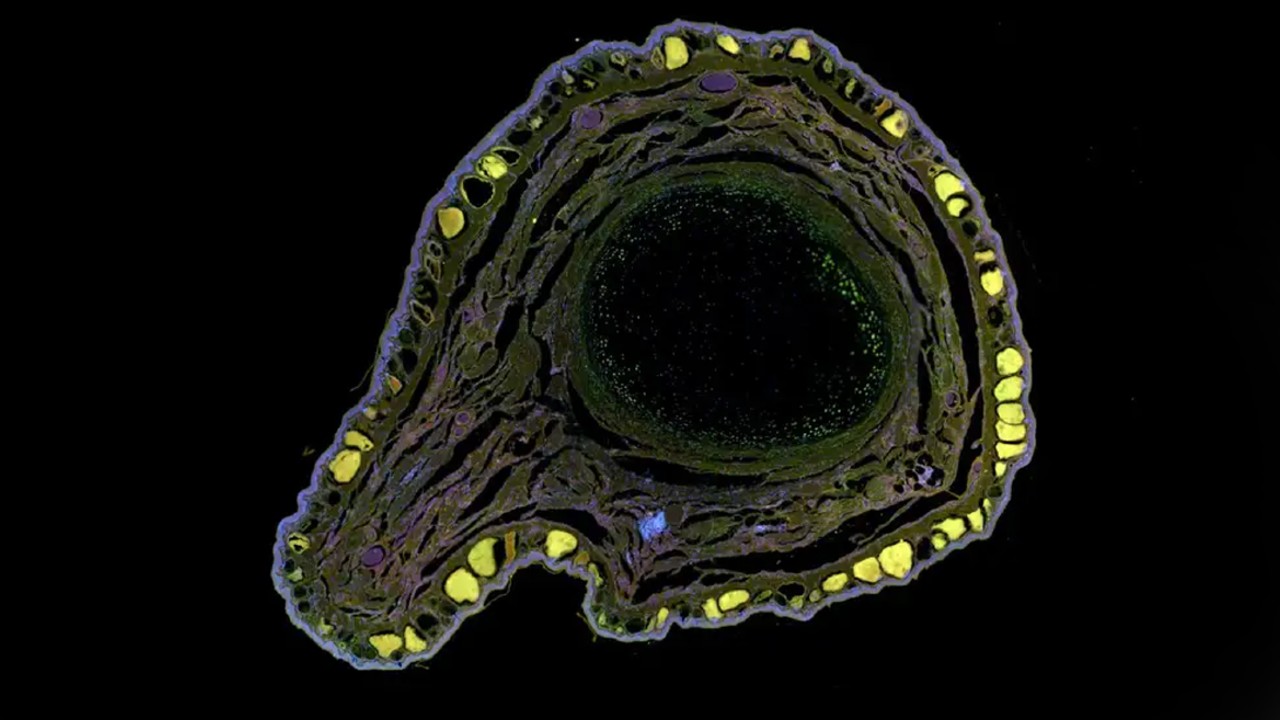Scientists in the USA took an important step in the field of regenerative medicine. Experts have managed to regrow the missing limbs of frogs through a drug developed.
It is possible to say that with the developing technology, many innovations that can be described as ‘groundbreaking’ have emerged in the field of medicine. Such developments; The transplantation of two pig kidneys into a human, or the successful transplantation of a pig heart to a human for the first time a few weeks ago, can be given as examples.
Now scientists regeneration took an important step in the field of (renewal) technologies. Researchers in the United States have succeeded in developing a treatment that allows frogs to regrow their missing legs.
‘An important step for regenerative medicine’
regeneration of some animals; that is, they have abilities called regeneration. This situation, also known as restorative renewal; some arthropods (like crabs), fish, salamanders lost their limbs to re-enlarge provides. It is thought that such a talent could play an important role in the developments in the field of medicine.
If one of the animals capable of regeneration Xenopus laevis African clawed frog, also named However, this species can regenerate its limbs only when it is a tadpole (pup). In adulthood, this ability is lost. Scientists from Harvard and Tufts University have also developed a drug for these frogs, allowing the lost limbs to be regained.
In the research, which was described as ‘an important step towards approaching the goals of regenerative medicine’, a silicone cap containing a regenerative drug mixture was placed on the amputated area of the frog. This head was then kept in the missing area for 24 hours. As a result of the 18-month observations, it was seen that in the region where the lost limb was found. a new structure consisting of muscle, bone, and protrusions observed.
‘Can guide treatments for humans’

The authors of the study, published in Science Advances, described this as “a surprise”. Experts, the new limb formed does not have as much function as the lost leg; He stressed that he could only respond and help the creature swim. Biologist Kelly Tseng, one of the researchers, also said in a statement, “What is formed is not a complete limb; However, the treatment developed a solid answer” made statements.
In subsequent studies, this treatment in mammals Noting that they will be tested, the scientists also underlined that the probability of using the technique used in this research in humans is currently low. The reason for this was shown to be that humans do not have the ability to regenerate like Xenopus frogs.
RELATED NEWS
A New First in Pig-to-Human Transplantation: Two Pig Kidneys Are Transplanted into a Human
Still, it’s worth saying that this research on frogs is promising. Stating that adult frogs do not have the ability to regenerate like humans, experts state that this technique can lead and guide treatments that can be developed for humans and say:One day we will probably be able to develop this kind of treatment for people who have lost a limb and we can make it happen again”
Source :
https://www.indyturk.com/node/464831/bi%CC%87li%CC%87m/science-people%C4%B1-a-la%C3%A7-kar%C4%B1%C5%9F% C4%B1m%C4%B1yla-victim%C4%9Falar%C4%B1n-ruptured-limb-re-%C3%A7%C4%B1kartt%C4%B1
